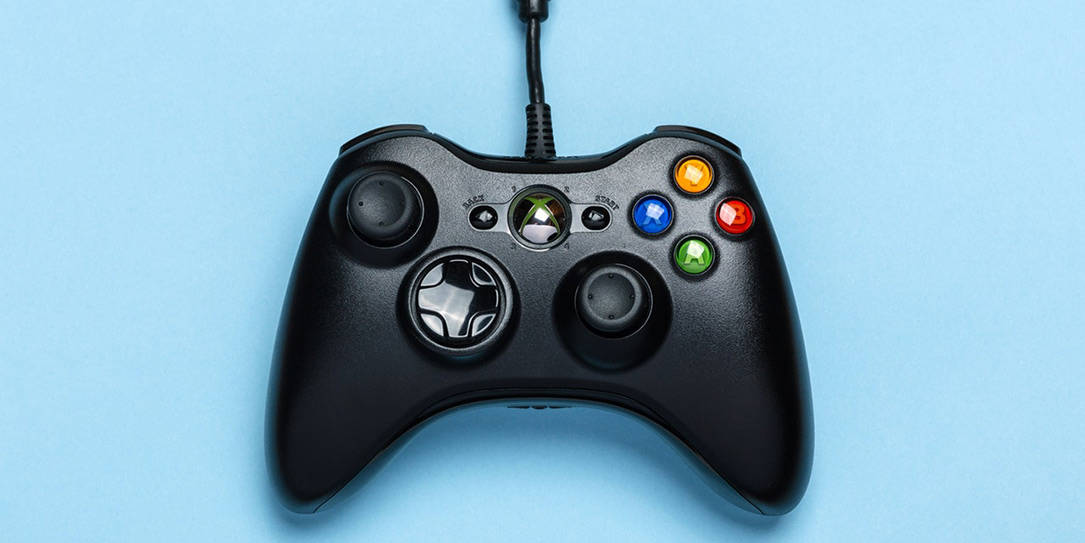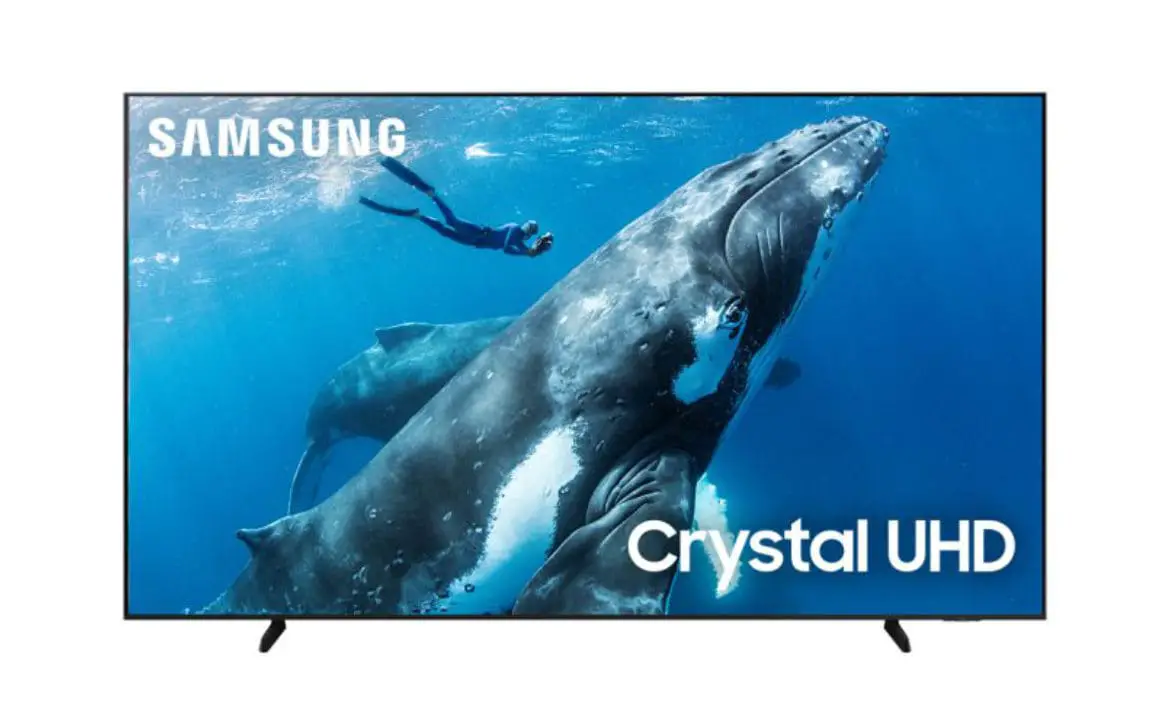Gamification is a concept that involves encouraging people to repeat desirable behaviors by implementing fun, rewarding elements.
Here are six examples of how brands rely on gamification to reach out to consumers.
1. To Get Millennials Interested in Luxury Brands
Experts frequently weigh in about the buying power of the millennial generation, and perhaps that’s because their aggregate income will surpass $4 trillion by 2030. Analysts suggest that capitalizing on the millennial market means moving outside the U.S. to target customers in other places.
Several luxury brands have focused on millennials in China by creating branded games. For example, to promote its new brand of lipstick, Guerlain teamed up with a duty-free brand, and the two companies made a game that attracted 10,000 players within 10 days of the launch.
In another instance, Dior spread the word about the opening of a Shanghai store with an in-app game that gave people chances to win tickets to the event.
2. To Increase Participation
Brands know how crucial it is to get people to explore website content, including any internal platforms such as user forums. Beat The GMAT, an online community for people interested in GMAT test prep, turned to gamification to boost site participation. The brand relied on the expertise of Badgeville. That company offers technology to reward people for engagement.
Beat The GMAT saw tremendous gains afterward, including a 195 percent increase in the metric representing the pages people looked at during their visits. Also, there was a 10,000 comment jump on the website’s message boards and a 370 percent rise in the overall time spent on the site.
3. To Improve Customer Loyalty
Loyalty programs give customers perks for doing business with brands. It’s not always easy to encourage customers to continue taking part in those programs, though. Challenges also arise when numerous other brands offer similar things for potentially lower prices.
Domino’s Pizza is trying to overcome that challenge and appeal to current customers through gamification. It allows loyalty program customers to play games and earn points for free pizza. All the games relate to pizza, which helps build the Domino’s Pizza brand. Plus, people get closer to enjoying complimentary food by doing fun activities.
4. To Enhance Experiences for Event Attendees
Conferences, trade shows and similar gatherings can feel overwhelming to some attendees, especially for those who need some guidance to make the most of their time. Now, event organizers can gamify the event experience itself, helping attendees
In one case study, an event organizer wanted to help international attendees from the same corporate divisions connect. The event organizer provided information, and a company called MeetingPlay used a matchmaking algorithm to show people the top 16 fellow attendees to meet and populated digital bingo cards with them. Additionally, people wore lanyards that alerted them when those individuals were nearby.
5. To Identify Potential Leads
Gamification can also be useful in helping companies find people who are interested in their services. Urban Sports Club is a Berlin-based brand offering flat-rate fitness memberships. It wanted to advertise a new climbing sports promotion and used gamification to get results.
The brand used a Facebook ad containing a game where people had to climb as high upon a virtual climbing wall as possible. Plus, the top three people on the leaderboard got three-month trial memberships.
This campaign caused a 39 percent increase in organic traffic. Plus, the average person who tried the game did so more than once.
Aside from promoting the new climbing wall the brand offered, this initiative identified people who might be interested in learning about the company based on their efforts to win the three months worth of membership privileges.
6. To Motivate People
Many healthcare brands rely on gamification to get people on board with painful, repetitive rehabilitation facilities or to urge them to stay motivated enough to avoid other complications. In one case study, a gamification platform used by some of the patients reduced rehospitalization rates by six percent.
There’s also the ResQ app, which uses gamification to help people fight opioid addiction. People earn points when they progress toward short and long-term goals and answer brief questions about things like sleep quality. Plus, a user’s family and friends can sign up to receive updates that could allow them to quickly intervene if it seems a person is about to relapse.
Gamification Offers Boundless Possibilities
This list highlights how many options there are for implementing gamification in innovative ways.
Whether a brand wants to introduce a new product or increase the time people spend on a website, gamification helps to achieve those goals and others.
Last Updated on February 3, 2021.










